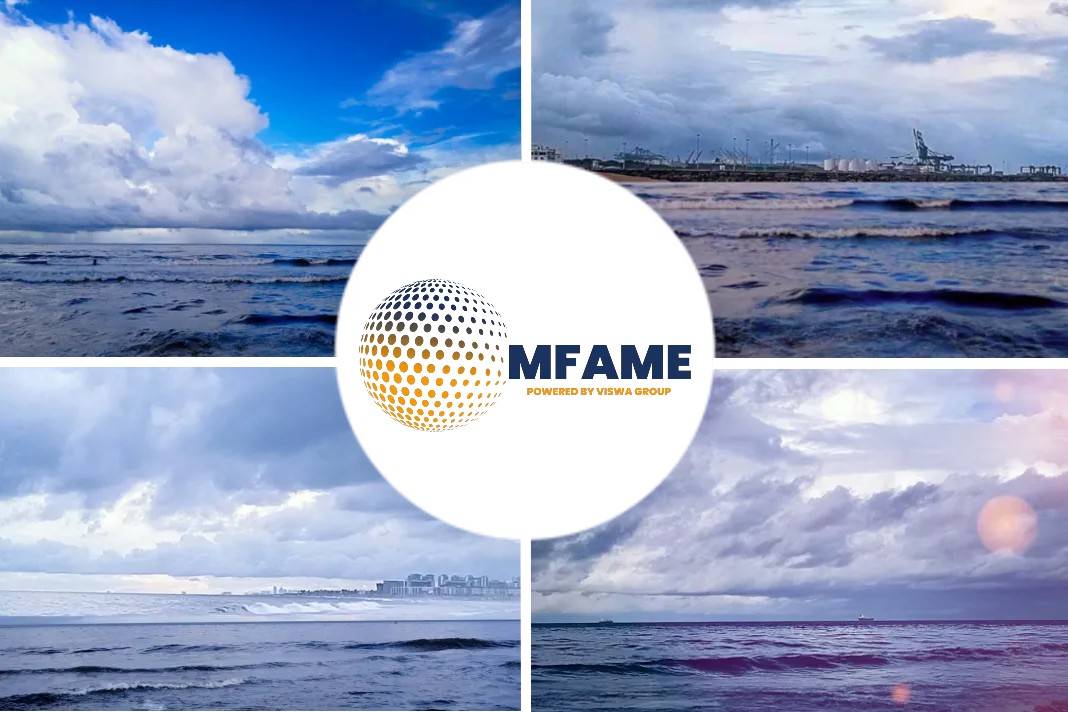In a major development, the Hong Kong Seaport Alliance has announced that they have set in motion this month with an aim of maximizing operational efficiencies in Hong Kong’s Kwai Tsing port, even though the new alliance has not received regulatory clearance from the Competition Commission of Hong Kong, reports Seatrade Maritime News Asia Correspondent, Lee Hong Liang.
Joint Operations Going On
Gerry Yim, ceo of Hutchison Port Holdings Trust (HPHT), said the seaport alliance has started to implement some of its joint operations progressively since 1 April 2019.
4 Major Container Terminal Alliance
The alliance consists of four Hong Kong container terminal operators including Cosco-HIT Terminals (CHT), Hong Kong International Terminals (HIT), Asia Container Terminals (ACT), and Modern Terminals Limited (MTL).
CHT, HIT and ACT, all of which HPH has interests in, own 16 berths while HPH’s main competitor MTL owns seven berths, giving the alliance control of 23 berths out of a total of 24 berths in Hong Kong.
What it means for the port?
“The seaport alliance is very important for Hong Kong. We hope that by increasing our overall efficiency, we can control physical costs by being able to mix and match assets and berthing windows a lot better to minimise downtime and maximise productive time of the berths,” Yim said.
Long-term Productivity Benefits
Yim said initial cooperation amongst the alliance members include moving sister shipping lines’ services from one terminal to another to create better synergies. For example, with OOCL now under Cosco, the OOCL cargoes operated by MTL at one end will be gradually moved over to the CHT side on another end.
“Once you start moving shipping lines from one area to another that is more logical for them, immediately they will see the benefits in terms of productivity and cost savings. By having this better efficiency and flexibility, we hope shipping lines will find Hong Kong to be a good transhipment hub to do their businesses,” Yim said.
Sharing the Revenue and Costs
He highlighted that the alliance should not be looked at from an economic sense but from a mutually beneficial operational sense.
Diana Lee, cfo of HPHT, explained that the alliance terminals will share the revenue and operating cost based on a pre-agreed set of ratios based on terminal capacity. “No matter whether the ship berths at our berths or at MTL berths, it doesn’t make any difference because all the EBITDA is shared based on the ratio,” she said.
Positive Progress Towards Regulatory Clearance
The Hong Kong Seaport Alliance, however, is still awaiting regulatory clearance from the Competition Commission of Hong Kong, which said in January this year that it is investigating the alliance on its potential breach of competition rules.
“We have been in constant touch with the Competition Commission well before the signing of the alliance agreement so it is not a surprise to them,” Yim said.
“Our agreements have been set up in the way that we expect to be fully in compliant with the regulations of Hong Kong. Of course there are some concerns as they have not fully understood what is going on so that’s why communication with them is very important,” he said.
Yim added that dialogues with the regulatory body are continuing but the fact that the alliance has been able to implement some initial joint operations show that the progress for regulatory clearance is thus far positive.
Did you subscribe to our daily newsletter?
It’s Free! Click here to Subscribe!
Source: Seatrade Maritime News























